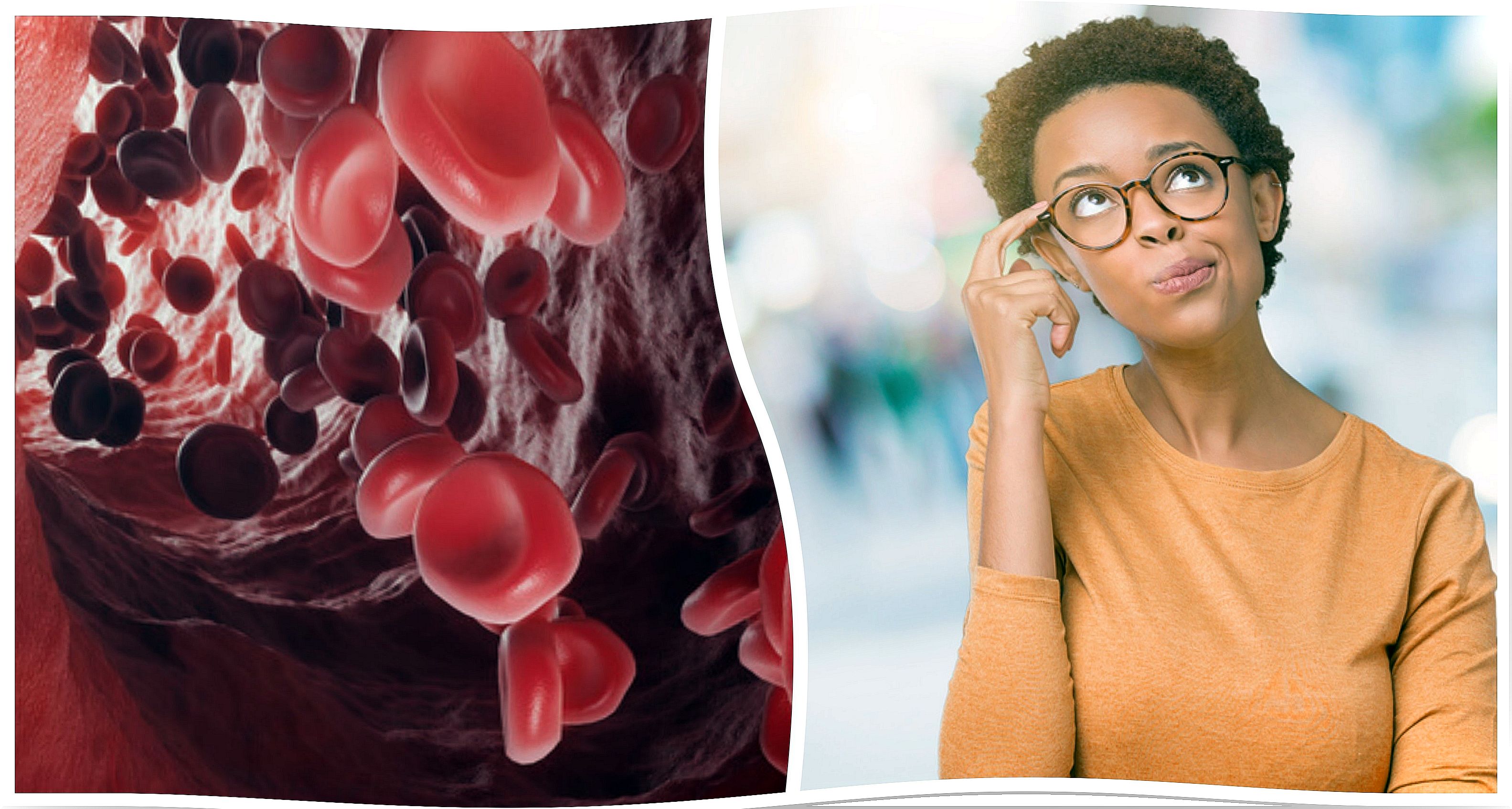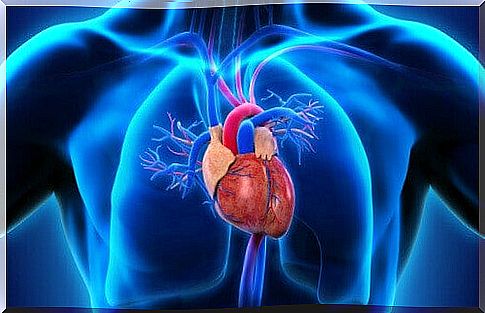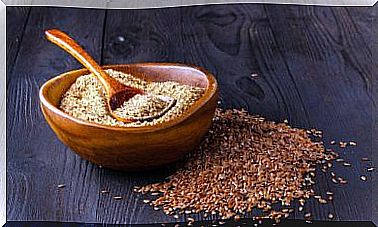What Is The Difference Between Venous Blood And Arterial Blood?
There are some key differences between arterial and venous blood, which do not refer exclusively to the names of the vessels through which they flow.

Have you ever wondered what the difference is between venous blood and arterial blood? If so, to help you understand it, we will describe each of them separately below. In this way, you will know why there is such a difference and the function that these two types of blood have in the body.
For example, do we know what happens when venous and not arterial blood is withdrawn? And what happens when an artery is damaged by a cut, the risk of death is very high? These are some of the things that we are going to discover.
Venous blood
The University of Navarra Clinic defines venous blood as that which returns to the heart through the veins. These are blood vessels that are responsible for transporting blood from the tissues to the heart.

As the veins get closer to the heart, they are wider. In this case, the veins that carry venous blood are often referred to as pulmonary veins.
Venous blood can be seen in the veins that run through the arms. When it’s cold we tend to have them much thinner, but if we exercise or are hot, the veins widen and stick out more than usual.
Therefore, if we had to briefly describe what the function of venous blood is, we can do it in these simple points that we are going to expose:
- They are responsible for bringing blood flow from the tissues to the heart.
- His middle tunic is thin and underdeveloped.
- Venous blood is rich in carbon dioxide, because it is the blood that returns to the heart after giving amino acids and oxygen, among other things, to the different tissues.
- Contains urea and other wastes.
- It flows with a low pressure.
Arterial blood
Arterial blood, meanwhile, is so named because it travels through the arteries. In this case, blood is transported from the heart to the tissues. Arteries are usually much thicker than veins, that is, they carry more blood.
For this reason, it is always said that if someone suffers a cut in an artery, they are in serious danger. Unless you can have a tourniquet, you have a high chance of dying. This is sure to be something we’ve seen in some movies – the blood doesn’t stop and comes out in surprising amounts.
Some of the arteries that are sure to ring a bell are the carotids, located in the neck. In case of suffering a cut in one of these arteries it would be very likely that the person would die.
Another body region in which we can find important arteries is near the groin. There the femoral artery is located and if it were damaged too close to the groin, making a tourniquet can be really impossible. In these cases, it is very possible that the person’s life will not be saved.
Just as we made some important points about venous blood, we are going to do the same with arterial blood. In this way, we will see even more clearly the difference between venous blood and arterial blood:
- Arterial blood is rich in oxygen and flows with high pressure. In addition, it contains glucose and nutrients.
- His middle robe is thick.
- Directs blood flow from the heart to the tissues. In fact, it is pumped by the left ventricle to the aorta artery, as the Spanish university mentioned above points out.
Key differences
The big difference between venous blood and arterial blood is that the former flows evenly. This means that when blood flows, it does so continuously. A large flow of blood does not come out suddenly, it comes out steadily, but at low pressure.
In case of bleeding, allow us time to react and stop it. Something that does not happen if it were arterial blood. In this case, the blood would not come out evenly and we would have a huge loss of blood that in a matter of a few minutes would lead to cardiac arrest.
Did you know this difference between venous and arterial blood? Were you aware of the risks of suffering an artery injury? Knowing all this about blood helps us to know ourselves much better and to know more about how the body works.









